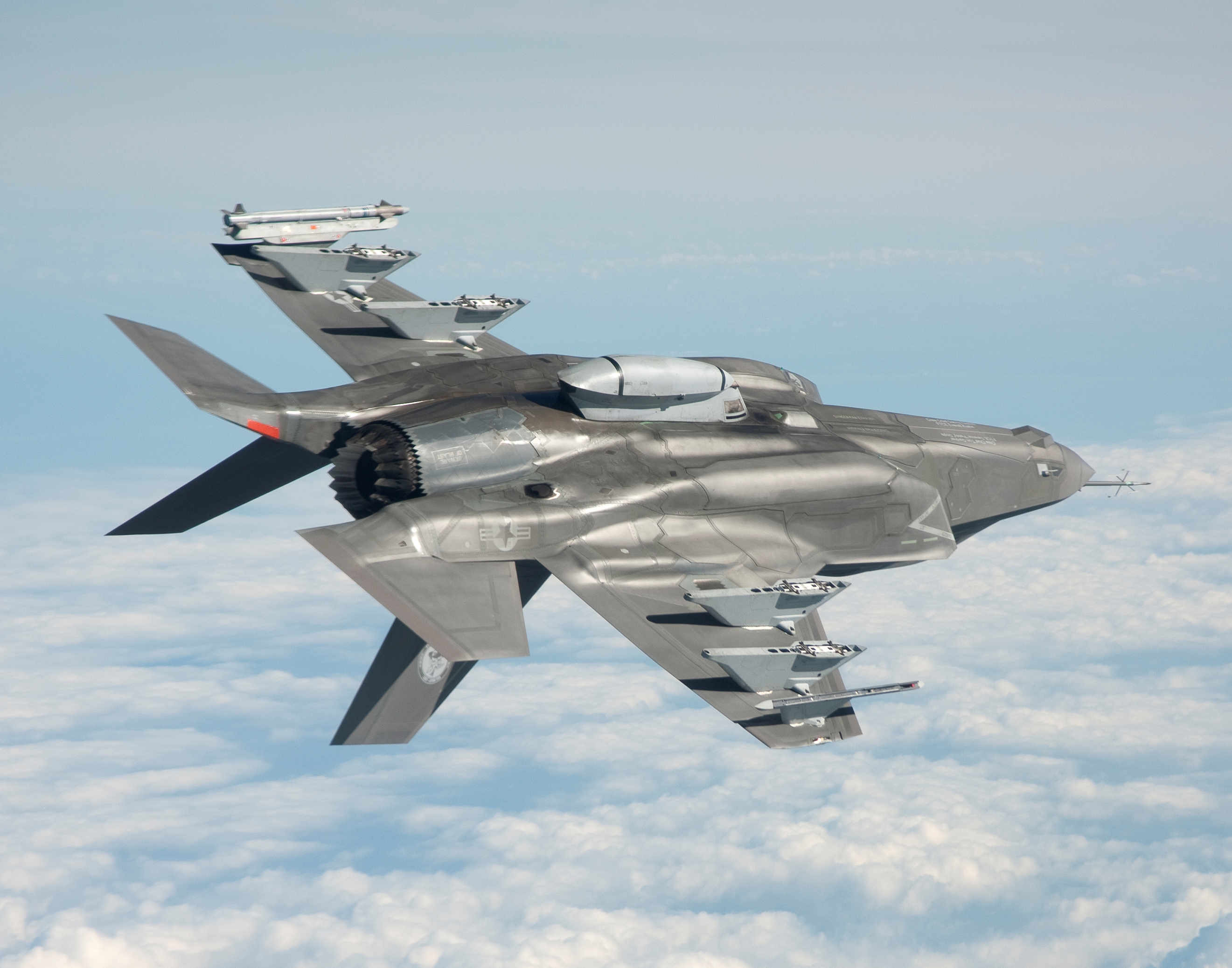F-35, Piranha 5, NATO missile defense system: Europe on the losing end of American deals
The number of Defense material deals in which European countries have found themselves facing unexpected hardships or setbacks is starting to reach worrying levels. In yet another recent occurrence, American allies are paying huge amounts to American defense equipment firms, with doubt cast on where the allies themselves get off.
American leadership within the NATO circle still is nowhere near the challenging point. When France, under president Chirac, attempted to re-integrate NATO’s integrated command, it asked for equal weight and influence with the United States and was met with scoffs and chuckles. Americans still run the show in the Alliance and press their allies to abide their industrial and military agenda.
When Ronald Reagan first mentioned the “Star wars program” (SDI, Strategic Defense Initiative), which meant to shield Europe from Soviet nuclear strikes, he perhaps didn’t realize how much his words would shape diplomatic history for several decades. But the upgrade of military capacities wasn’t all the project was about. It was as much about dominating enemies as it was about dominating its friends. Through the shared defense program, the Americans sought to obtain European assent, and make allies line up on their standards. Any European country which wished to benefit from American technology and its protection needed to buy American defense equipment; a tremendous boost for American military industries. As essential parts of the entire program, European countries were pressed over the past 20 years to purchase US cruisers. When those sales failed, European countries were pressed to at least purchase the AEGIS radar system, without which they would be left out of the program and exposed to Russian strikes.
The F35 fighter jet program was one of the most outstanding supremacy project the United States has ever led. The staggering cost of the program is now unknown to none, and the United States were not the only ones to lose a large chunk of their military budgets on the new fighter, as it now flies in the skies of the globe, from Japan to Australia, and from Turkey to the Netherlands. Granted, the technology at hand is worthy, but nevertheless, it is a matter of American choices which Europeans are winding up paying for – though, indeed, Americans took their share of expenses.
And the most recent occurrence, Denmark turned to American defense firm General Dynamics Land Systems to renew their fleet of armored personnel carriers. After brief hesitation as to whether wheels or tracks should be chosen, the choice was made to purchase Piranha 5. The decision to purchase that equipment instantly sparked response in online media, in rather unfavorable light. Beyond the technical reservations on which stemmed the criticism, it was the financials which raised eyebrows. They were twofold: business risk and pure financial risk. “A scandal of unseen dimensions” for the opposition parties, and especially for Troels Lund Poulsen Spokesman on defense from the liberals, who feels “misinformed” on that matter.
The latter is in the details of the contract, where the devil always lies: the deal was sealed through the Mowag subsidiary, a Swiss firm. This entails that the amount agreed upon was in Swiss Francs. For reasons for the moment unclear to all, and unexplained by the Danish ministry, no currency rate cover was secured, leading to the overall cost of the contract to fluctuate along with the currency. Within six months, the contract had gained 20% weight. It is likely that there currently is frantic business, albeit silence-covered, on how to correct that little blunder.
Beyond the fickle fate of currency rates, the choice of GDLS as a long-term business partner was also the source of some concern. Buying countries often include in the negotiation terms that the deal should benefit their national economy, in the form of partial homeland production. But GDLS has been known to pull back from signed clauses, to retrieve production closer to their interest areas. So, given that such a clause was included in the Piranha 5 contract, the deal should have raised flags, which it did. But it is then all the more surprising that the deal was signed.
The response to criticism from Defense Minister Nicolai Wammen was suspiciously vague, regarding the securing of prices through an exchange rate cover. The communication was “As it is not yet decided how many armored personnel carriers we are to procure, a contract is obviously not yet made”. That statement can be decently considered as evasive and shifty, as an exchange rate cover contract would be a completely independent contract signed with (presumably) a bank, which would guarantee how many Swiss francs one can buy for ne Danish crown, and therefore completely unrelated to the number of vehicles to be bought. In other words, it seems that Nicolai Wammen, has realized the mistake which was made, and is trying to make things right.
America has been patiently weaving its influence network for decades. To their credit, Europe has benefited from one of the longest peace eras it has known in modern history – that timeframe including several centuries. But does that incur that European defense should be bled according to American decisions? Or that allied countries should ask “how high” when Americans say “jump”? The Danish military have cast doubt on whether the Piranha 5 was simply up to the task, and the latest procurement deal was instantly identified as rife with misconceptions. That Denmark wishes to get closer to the United States, increase its military and diplomatic role and serve American interests is fine. But perhaps it shouldn’t be at the expense of Denmark.



